I am plotting a heatmap using pheatmap (Documentation). I am plotting a matrix in a fairly straightforward way:
pheatmap(mat, annotation_col=df, labels_col=rld$Infection_Line, fontsize_row=5, fontsize_col=7)
The bottom of my plot is getting cut off so that I can't see the column names at the bottom. It looks like this:
Please note that this is not heatmap.2.
I have tried the solutions at this question and at this question, as well as other things I've been able to find through google and in the documentation for this function.
I have tried to increase the margins using par() and oma(), as well as cexRow.
margins=(x,y); par(mar=c(1,2,3,4)); par(oma=c(1,2,3,4))
have no effect on the plot.
I need to make it so that I can see these long column names without reducing my plot size. I just want to stretch the margin at the bottom down.





